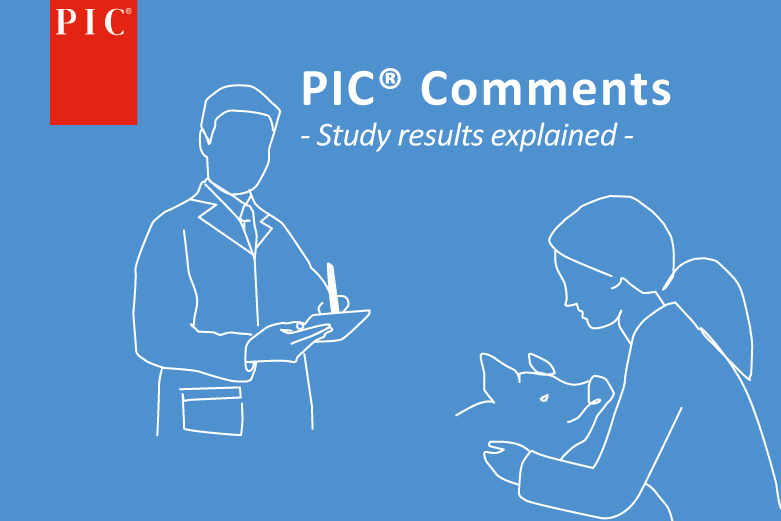Learn the four areas of focus in young female development to increase her longevity in the herd.
“We’ve always done it that way” can be the most hindering words to a farm’s success. Industry trends show that to be true regarding young female development and longevity. Traditionally, the focus on gilt development for many operations ended at her first breeding, but it’s no secret most instances of removals, both through culling or death, happen between parity 1 and 2 due to reproductive reasons, locomotion or other health reasons.
Producers who shift their mindset and management to focus on female development through her first parity (P1) and beyond can help prevent those removal reasons and ensure she makes it to her profitable third parity.
While it’s easy to count retention numbers, it’s harder to understand why the losses occurred.
“From a gilt’s first insemination up to parity three takes 14-15 months. Plenty of things affect her ability to stay in the herd from birth, like genetics, health, management and nutrition,” says PIC Technical Service Director of Applied Female Reproduction Sergio Canavate. “If we try to analyse retrospectively what happened 15 months ago, it can be difficult to remember what the data means. Instead, take a proactive approach and look at those 15 months as an opportunity to improve. Ask yourself, ‘What can I do to positively influence that process?’”
There are four strategic areas of focus to positively influence robustness and sow retention rates:
1. Full value gilts — Maximize gilt selection options
When selecting any type of team, you want a large, talented pool from which to choose. The same goes for replacement gilts.
Before selecting your replacement gilts, ensure gilt growing conditions are met with proper stocking density, feed and water availability and ventilation management throughout the growing phases. Refer to GrowQuest for gilt development unit specifications.
“Be cognizant of the proper size of gilt pools and flow,” says Canavate. “Many barns do not reflect recent genetic progress and you can’t optimally fit the same number of pigs in the barn as in the past. Stocking density, feeder availability or ration energy must be adjusted accordingly.”
2. Gilt selection practices — Reinforce gilt selection practices for lifetime performance
From that large, high-quality gilt pool, you can pick your best replacement options to create the strongest team with more longevity potential. Breeding marginal gilts might help reach the breeding target, but it is not always worth it. Those females are far more likely to be removed between P1 and P2.
Select against gilts with ruptures, abnormal underline/vulva/anus, major leg structure defects, and poor growth and health in the first and second rounds of selection.
Normal selection rates vary from 70% to 80%. PIC’s technical services teams are available to help with recommendations.
3. Gilt eligibility at first mating — Reinforce puberty induction and heat-no-service program
To ensure successful breeding, aim for gilts to reach puberty before 195 days, and be bred between 200 and 225 days on their second oestrus. Ideally, gilts weigh between 135 and 160 kg at breeding and gain between 600 and 700 g per day.
This stage has been the traditional end of gilt development. Expand your success by continuing to pay attention to these females so they aren’t removed after their first weaned litter.
4. P1 preparation for lifetime performance — Improve gilt quality at farrowing and P1 at weaning
Ensure gilts have learned how to use feeders and water systems in farrowing stalls. After farrowing, check that sows are eating and drinking every day, and take proper actions if attention is needed.
Check sows for fever 24 hours after farrowing.
Body condition is important, but do not use a caliper on gilts throughout their first gestation. Gilts need to be fed a fixed amount of 5.9 Mcal metabolizable energy (ME) per day or 4.4 Mcal net energy (NE) per day during gestation, even if they are heavy. These young females are still growing and should not lose body condition at this stage. They will lose weight during their first lactation. Females need full feed from farrowing to weaning since lactation increases their requirements for feed and water.
Measure body condition with a caliper at P1 farrowing entry. Review your gestation feeding program if you have more than 10% heavy gilts at farrowing and more than 10% thin gilts at farrowing. With every 10% increase in thin gilts, the risk of pelvic organ prolapse increases by 20%.1
“We cannot change things overnight, but when farms start working proactively on retention after parity 1 by starting early, we’re going to see an improvement in retention. The exciting part of this shift in focus is going through the process with producers and seeing how things are changing in the right direction,” says Canavate.
P1 development is one of PIC’s four pillars focused on sow robustness. To support key management areas for robustness, PIC has a hands-on technical support team that focuses on female reproduction and nutritional requirements. The team visits customer farms and provides technical expertise on how to best manage and feed a PIC animal to maximize longevity.
To learn more about how you can find success with PIC females, contact your local PIC rep or visit our resources page.
[1] Waltrich et al., 2022.



